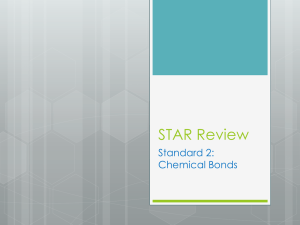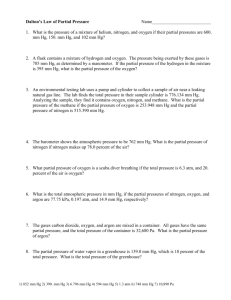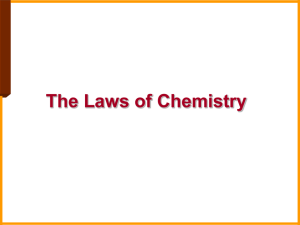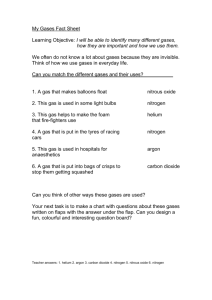T Nitrogen oxides STUDENT SAFETY SHEETS 53
advertisement
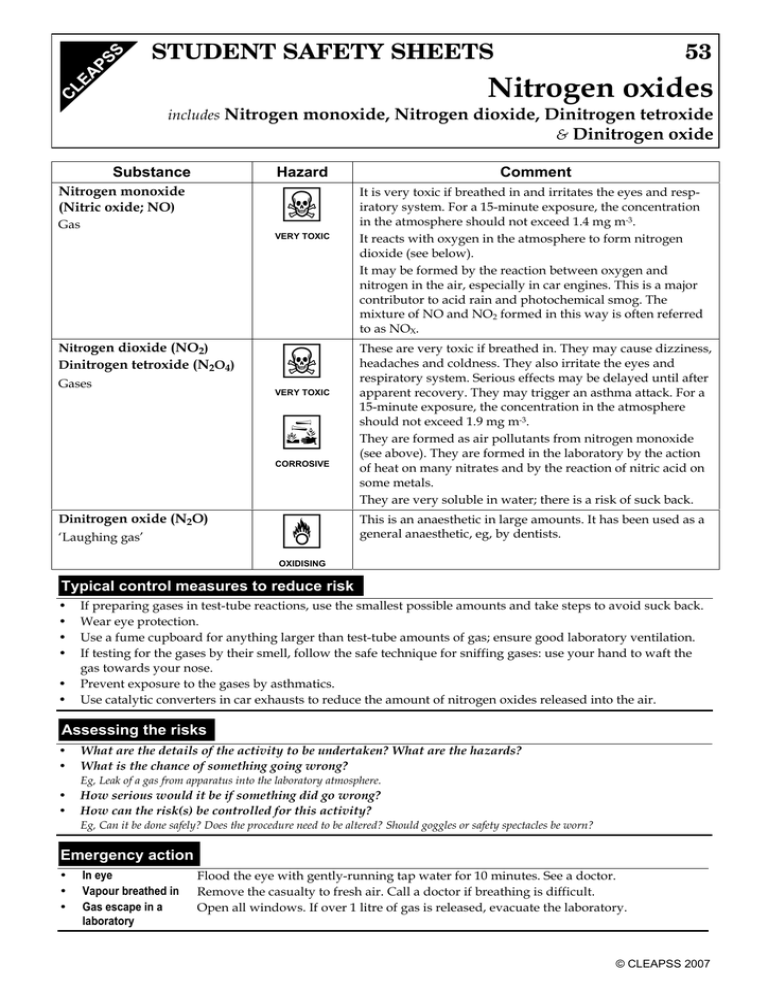
STUDENT SAFETY SHEETS 53 Nitrogen oxides includes Nitrogen monoxide, Nitrogen dioxide, Dinitrogen tetroxide & Dinitrogen oxide Substance Hazard Nitrogen monoxide (Nitric oxide; NO) T Gas VERY TOXIC Nitrogen dioxide (NO2) Dinitrogen tetroxide (N2O4) Gases T VERY TOXIC C CORROSIVE Dinitrogen oxide (N2O) ‘Laughing gas’ O Comment It is very toxic if breathed in and irritates the eyes and respiratory system. For a 15-minute exposure, the concentration in the atmosphere should not exceed 1.4 mg m-3. It reacts with oxygen in the atmosphere to form nitrogen dioxide (see below). It may be formed by the reaction between oxygen and nitrogen in the air, especially in car engines. This is a major contributor to acid rain and photochemical smog. The mixture of NO and NO2 formed in this way is often referred to as NOX. These are very toxic if breathed in. They may cause dizziness, headaches and coldness. They also irritate the eyes and respiratory system. Serious effects may be delayed until after apparent recovery. They may trigger an asthma attack. For a 15-minute exposure, the concentration in the atmosphere should not exceed 1.9 mg m-3. They are formed as air pollutants from nitrogen monoxide (see above). They are formed in the laboratory by the action of heat on many nitrates and by the reaction of nitric acid on some metals. They are very soluble in water; there is a risk of suck back. This is an anaesthetic in large amounts. It has been used as a general anaesthetic, eg, by dentists. OXIDISING Typical control measures to reduce risk • • • • • • If preparing gases in test-tube reactions, use the smallest possible amounts and take steps to avoid suck back. Wear eye protection. Use a fume cupboard for anything larger than test-tube amounts of gas; ensure good laboratory ventilation. If testing for the gases by their smell, follow the safe technique for sniffing gases: use your hand to waft the gas towards your nose. Prevent exposure to the gases by asthmatics. Use catalytic converters in car exhausts to reduce the amount of nitrogen oxides released into the air. Assessing the risks • • What are the details of the activity to be undertaken? What are the hazards? What is the chance of something going wrong? Eg, Leak of a gas from apparatus into the laboratory atmosphere. • • How serious would it be if something did go wrong? How can the risk(s) be controlled for this activity? Eg, Can it be done safely? Does the procedure need to be altered? Should goggles or safety spectacles be worn? Emergency action • • • In eye Vapour breathed in Gas escape in a laboratory Flood the eye with gently-running tap water for 10 minutes. See a doctor. Remove the casualty to fresh air. Call a doctor if breathing is difficult. Open all windows. If over 1 litre of gas is released, evacuate the laboratory. © CLEAPSS 2007


